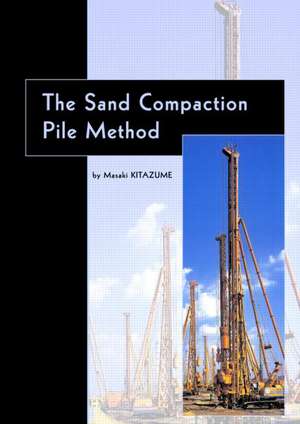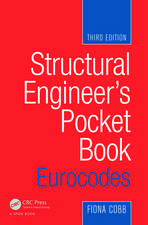The Sand Compaction Pile Method
Autor Masaki Kitazumeen Limba Engleză Hardback – 4 aug 2005
Preț: 401.15 lei
Preț vechi: 538.70 lei
-26% Nou
Puncte Express: 602
Preț estimativ în valută:
76.77€ • 83.36$ • 64.49£
76.77€ • 83.36$ • 64.49£
Carte tipărită la comandă
Livrare economică 22 aprilie-06 mai
Preluare comenzi: 021 569.72.76
Specificații
ISBN-13: 9780415372121
ISBN-10: 0415372127
Pagini: 246
Dimensiuni: 174 x 246 x 19 mm
Greutate: 0.57 kg
Ediția:1
Editura: CRC Press
Colecția CRC Press
Locul publicării:Boca Raton, United States
ISBN-10: 0415372127
Pagini: 246
Dimensiuni: 174 x 246 x 19 mm
Greutate: 0.57 kg
Ediția:1
Editura: CRC Press
Colecția CRC Press
Locul publicării:Boca Raton, United States
Public țintă
Postgraduate and ProfessionalCuprins
Preface; List of technical terms and symbols;
- Outline of the sand compaction pile method;
- Design procedures for clay ground;
- Design procedures for sandy ground;
- Execution, quality control and assurance;
- Case histories;
- Development of SCP machines and current techniques;
- Research and development in Japan;
- Important issues on design procedures for clay ground;
- Important issues on the design procedure for sandy ground;
Descriere
A detailed description of the SCP method used in construction projects in Japan since the 1950s, including case histories, an overview of existing literature, and in-depth practical and theoretical information on the technique.











